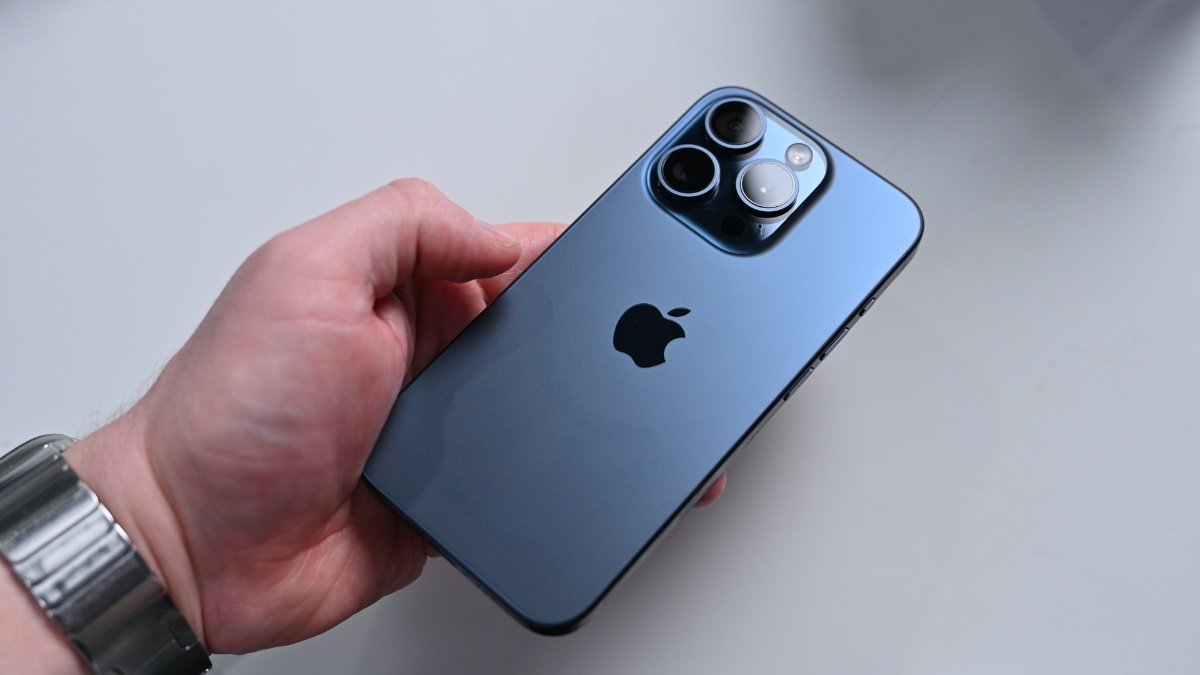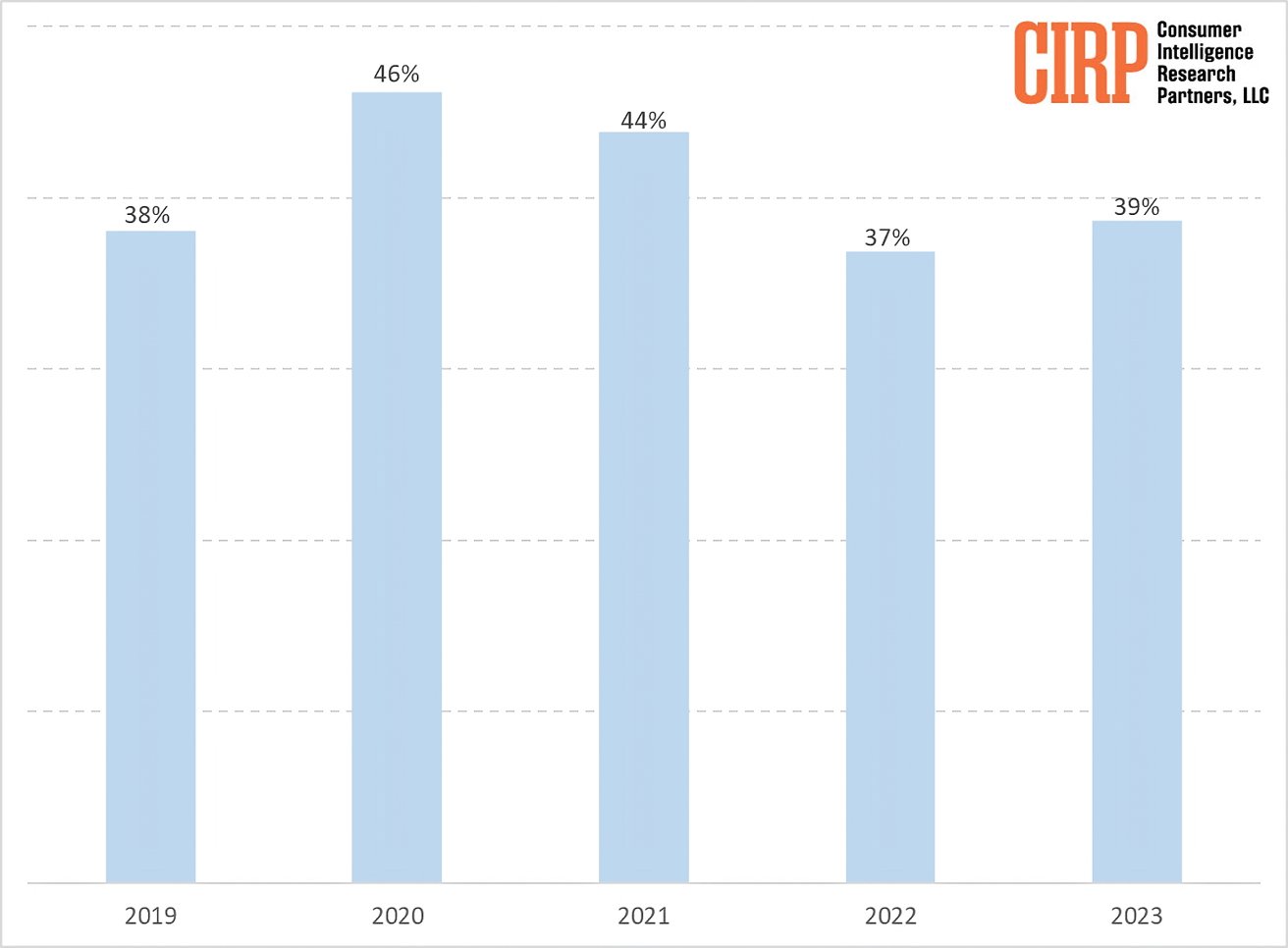Although the iPhone is dominant in specific areas of the US smartphone market, it still trails behind Android in terms of overall usage.
Earlier statistics indicated that the iPhone is the preferred smartphone among teenagers, as 87% of teens currently have one, and 88% anticipate it will be their following phone selection, according to a report from April. Nonetheless, the latest study by Consumer Intelligence Research Partners (CIRP) shows that Apple’s position in the US smartphone market has stayed consistent overall, maintaining its spot as the second most popular choice.
Over the last ten years, there has been a growing trend of Android users moving to iPhones, according to a report from May. However, statistics for “iOS versus Android” have another layer because only the iPhone can run iOS, as opposed to Google opening up Android to run on smartphones from numerous companies.
Specifically, as of the annual period ending in September 2023, iOS accounted for 39% of smartphone sales. That challenges the popular narrative of iPhone dominance and offers a more balanced view of Apple’s standing in the competitive landscape.
Apple’s market share hasn’t been static, it has seen fluctuations over the years. According to the report, the iPhone’s market share has oscillated within a relatively narrow range — between 37% and 46% — over the past five years. Interestingly, iOS experienced its highest market share at the onset of the COVID-19 pandemic.
However, that peak was followed by a gradual decline over the subsequent two years. The slight uptick to 39% in the year ending September 2023 suggests a reversal of this downward trend.
Several factors have contributed to these market share trends. In the early years of the smartphone era, Apple gained market share as it expanded its carrier partnerships beyond its initial exclusive agreement with AT&T.
Additionally, the exit of competitors like Blackberry and Windows phones from the market helped solidify the iOS-Android duopoly in the US. But while the market shares of both platforms have been relatively consistent since then, Apple has been more successful in persuading Android users to switch to iPhones.



